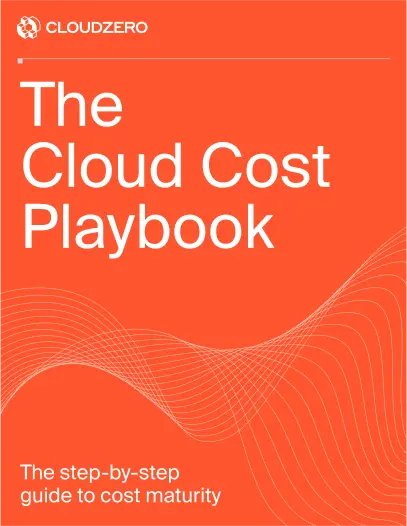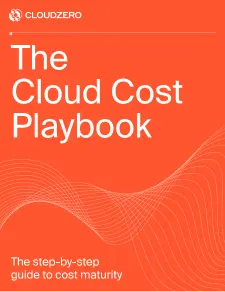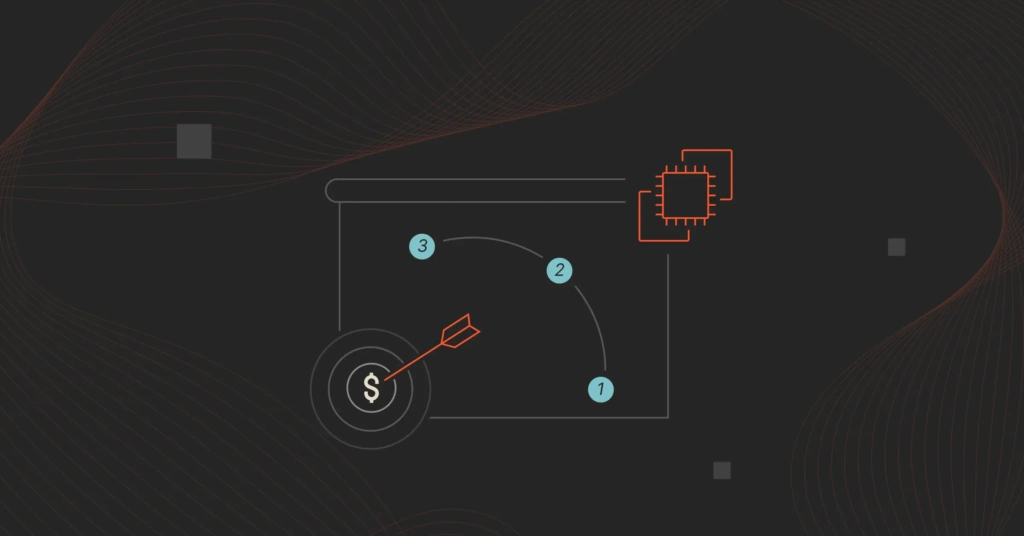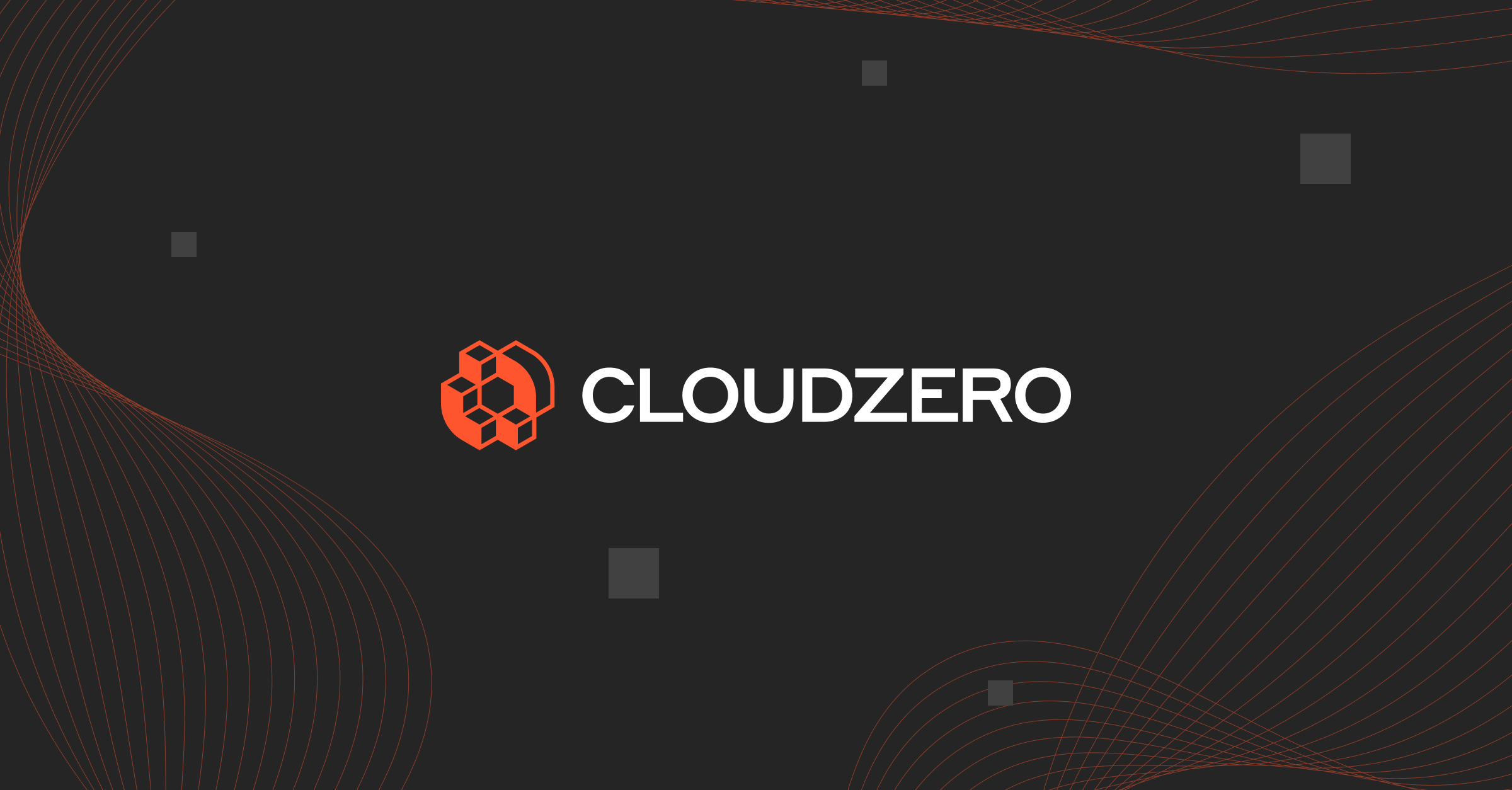It’s getting increasingly difficult to both be a conscious human being with an internet connection and to be unaware of AI. From Jamie Dimon’s bullish stance to Elon Musk’s dire predictions to the art world’s raging debate (and uncanny experiments) over whether it can ever be used ethically, AI has an iron grip on our collective imagination, and businesses are scrambling to outspend each other on the way to making it drive sustainable profit.
But when it comes to ease of integrating AI, not all industries are created equal. Whereas marketers have stepped eagerly on the accelerator, using AI-powered solutions to transform the entire pipeline development and qualification process, those in more heavily regulated industries — e.g., fintech — have been forced by regulatory scruples to apply the brakes.
Which isn’t to say that finance leaders don’t want to use AI — they do, and they view it as a key ally in getting to and sustaining that macroeconomic Holy Grail: profitability. As the heady decade of growth-at-all-costs recedes into the past, finance leaders face the same mandate that has always defined effective business: Sustain profit in the face of competitive industries and an uncertain future. A PWC survey found 70% of venture capitalists valuing profitability more highly than in recent years, and a Gartner survey of 250 CFOs established efficient growth — that is, growth that doesn’t require unrecoverable losses — as a top-five priority.
The meta-goal of sustaining profitability depends on numerous sub-goals, all of which are challenging, and therefore all of which promise to be ripe for AI-powered innovation. These include:
- Forecasting revenue, profitability, growth, and market share accurately
- Benchmarking your financial performance against your competition
- Assessing (and addressing) your financial strengths and weaknesses
- Knowing what can and can’t be automated, and automating what can be
Finance leaders can and should seek ways to incorporate AI into their workflows. They should also be extremely cautious; the well-publicized risks of using AI apply tenfold to finance, where regulatory rectitude underpins all other forms of business solvency.
How AI Addresses Pressing Finance Needs
- Month-end close. Using external financial data to confirm the accuracy of internal financial data is key to maintaining clean books — and also tends to be a laborious manual process. AI systems like Microsoft Copilot help expedite the process by processing data from external sources (e.g., invoices) and internal ledgers, automatically matching transactions to ledger entries, and suggesting general ledger accounts for unmatched transactions.
ChatGPT can also help finance leaders summarize clunky and wordy accounting guidance (e.g., ASC 606 requirements) into quick, actionable summary points. This can quickly review revenue leaders’ general ledger assignments, and expedite the month-end close process.
- Benchmarking. Key for financial leaders at any company, but especially at startups angling for a healthy exit, is benchmarking their financial performance — against both competitors and against leaders in the space. It’s not good enough to know that your Cloud Efficiency Rate (CER) is 78%; you have to know what an elite CER is and use it to chart a course to elite efficiency.
Benchmarking requires synthesizing unstructured web-based information (investor reports, analyst reports, journalistic articles, etc.), sorting it into the relevant verticals/peer groups, and comparing it against your internal data. Synthesizing unstructured data is one area in which AI has proven to excel; ChatGPT is a good tool for generating benchmarks by industry verticals.
- Ad-hoc querying. Another area in which ChatGPT excels is helping finance leaders answer nuanced questions about their own data. For example, if your company wants to improve its Net Retention Revenue (NRR), you can use ChatGPT to assess your NRR, and break it down by different customer segments — enterprise versus SMB, fintech versus martech, etc.
- Forecasting. The first three bullets help companies understand the past and the present — whether their records are accurate, how their performance stacks up. Lastly, generating an accurate idea of the future — via growth, profitability, and scale forecasts — brings myriad benefits, regardless of a company’s size or stage.
In addition to generating an accurate snapshot of your financial performance to date, AI can assess the state of current deals and forecast their likelihood of closing. Gong and Salesforce both have AI solutions for assessing the state of current deals, estimating the likelihood that they’ll wind up closed/won, and estimating the timeline on which they’ll close. Finance leaders can use this data for enhanced forecasting.
How FinTech Companies Can Control AI Costs
Innovation comes at a price, and fintech’s AI-related innovations are inevitably going to heighten organizations’ IT spending.
Save the precious few exceptions who use on-premise hardware, companies overwhelmingly build AI solutions in the cloud. Those who manage it know all too well the challenges of preserving cloud cost efficiency: messy tagging, multi-cloud obscurity, shared/containerized cost murkiness, and engineering-finance communication challenges. In a SaaS world where only 39% of companies have a formalized cloud cost management (CCM) program in place, most — if not all — are about to get deluged by AI-driven cloud costs.
There was a time when all that mattered to the SaaS world was growth. Capital was cheap, SaaS was almost entirely greenfield, and the winners stood to make back seemingly any investment a hundred times over. Come 2022, 150,000 laid off workers could testify to the harsh reality that inefficient growth can be deadly.
The abrupt SaaS switch from growth-at-all-costs to efficient growth brought with it increased pressure to proactively manage cloud costs. For now, the fintech companies identifying, triaging, and addressing novel threats can classify their AI costs as R&D and celebrate their user growth. But the more users they capture, the more they push those costs over to COGS, and the more accountable they’ll be for their AI features’ costs.
If they approach this inevitable shift passively, fintech leaders risk building fatally unprofitable AI features and imperiling their jobs. But if they start managing their AI costs now, they give themselves a much better chance to build cost efficient AI features, develop fine-tuned pricing and packaging models, and to drive durable profits that fuel long-term success.
CloudZero helps the world’s most sophisticated fintech architects stay efficient in the cloud. That includes platforms like Nubank, Coinbase, Upstart, Neon, and many more.
CloudZero addresses the cloud cost problem at its root by engaging engineers in proactive cost management more successfully than any other CCM platform. 81% of companies link higher engineering engagement to better business outcomes, and CloudZero engages engineers like no one else.
Don’t wait for your AI costs to sink you. Stay ahead of the AI efficiency curve with proactive cloud efficiency.








